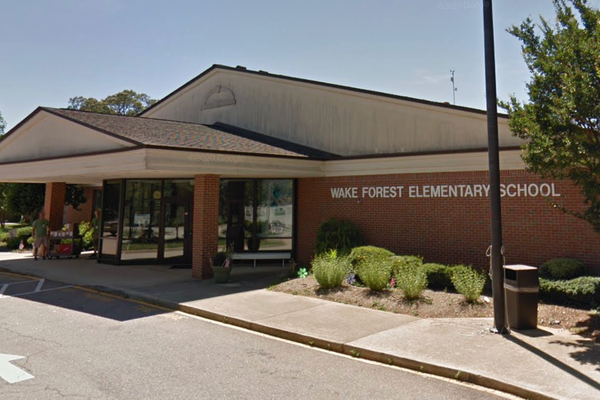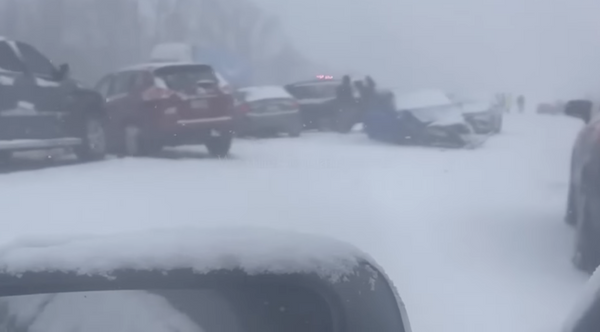Residents in and around Seoul are battling clouds of insects dubbed “lovebugs” that have blanketed hiking trails, observation decks, and popular mountain paths.
Videos taken this week in Gyeyangsan Mountain, west of the capital, show trees, railings, and stairs crawling with the small black-winged bugs, which are officially known as Plecia longiforceps.
The insects have earned the nickname “lovebugs” because mating pairs fly while attached to each other. While they don’t bite or transmit diseases, their sheer numbers have turned outdoor spaces into swarming black clouds, sparking alarm among hikers and tourists.
Seoul’s city authorities said complaints have more than doubled in a year, soaring from around 4,400 in 2023 to over 9,200 last year, as summer temperatures rise and allow the subtropical species to thrive further north.
Originally native to warmer climates, Plecia longiforceps has expanded its range as South Korea warms, a trend experts link to climate change. They were first identified in South Korea during a major 2022 outbreak.
The bugs’ sudden proliferation has forced officials to dispatch crews to popular sites with water sprays and sticky traps, but Seoul’s government has discouraged people from using pesticides due to potential harm to other insects and the environment.
“They have a disgusting appearance but are actually beneficial insects,” Seoul authorities said in public announcements.

Residents have been advised to avoid wearing bright colours and limit time near lights at night, which attract the bugs in large numbers.
Experts say adult lovebugs only live a few days, so the invasion should ease by mid-July, but officials warn the outbreaks could become an annual nuisance if temperatures continue to climb.
Local television stations showed scenes of observation decks swarming with the insects, with workers constantly shovelling dead bugs from the ground.
Wang Hyeon-jeong, an official from the Gyeyang district, confirmed the dramatic increase, said: "Compared with the past two years, the number of lovebugs sharply surged last weekend at the mountain."
The 395m (1,295ft) mountain provides the type of hot, humid weather conditions in which lovebugs typically thrive, the Environment Ministry said, possibly leading to the insect population surge.

In recent years, South Korea has experienced a series of unusually hot summers, with rising average temperatures extending further into spring and autumn. Experts believe these warmer, longer summers are allowing subtropical species like lovebugs to move north and survive in places like Seoul and Incheon, which were previously too cool for large populations to establish.
Another factor is urban heat islands: large cities like Seoul can be several degrees warmer than surrounding rural areas because concrete and asphalt absorb and release heat, creating microclimates where insects adapted to warmer conditions can thrive. Moisture from recent rains or monsoon periods can further accelerate lovebug reproduction by providing ideal breeding conditions.
Not just lovebugs, but many insects and other species are shifting into regions that were once too cold for them as global temperatures rise due to the burning of oil, gas and coal.
In Europe, the tiger mosquito, a carrier of dengue and chikungunya, has spread north into France and Germany. In the US, southern pine beetles have moved into forests of the northeastern states, damaging trees that were previously protected by colder winters.
Experts say this poleward and uphill spread of species is one of the most immediate and visible impacts of the climate crisis on ecosystems worldwide.
North Korean man arrested in South Korea after crossing border
South Korea closely tracking radioactivity after North Korea dumps nuclear waste
North Koreans swim at huge new beach resort touted as boost for country’s tourism
Mating ‘lovebugs’ swarm city, plaguing residents
Kim Jong Un shown mourning North Korean soldiers he sent to die in Putin’s war
Kim Jong Un watches tourists use waterslide as North Korea opens huge beach resort







